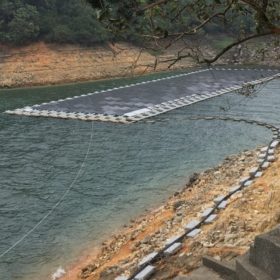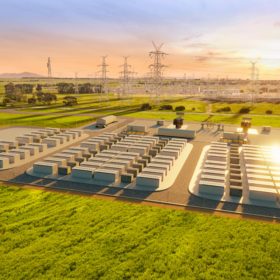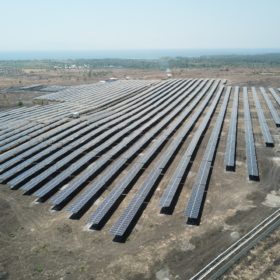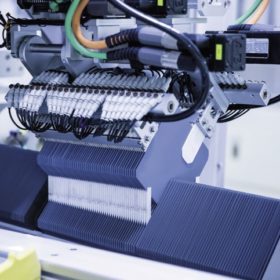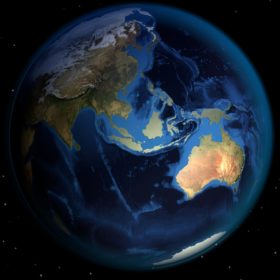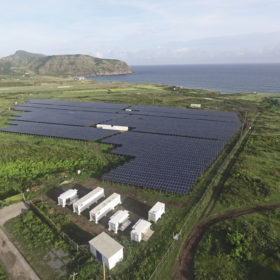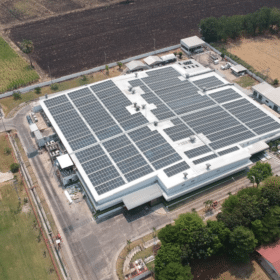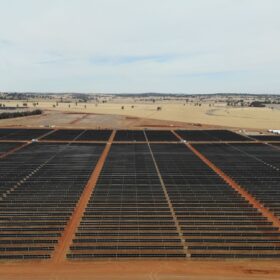Large scale floating PV to sell power at $0.0368/kWh in Indonesia
A new report from the Institute for Essential Services Reform (IESR) shows that PV has not been growing significantly in Indonesia in recent years, despite the size of the energy market and economy. According to its authors, however, there are multiple paths that can be followed to bring volumes into all market segments. Large scale solar is expected to play a major role in the years to come, as the LCOE for big floating projects is approaching levels close to those of more mature markets.
Japanese giant backs QLD green hydrogen plant and Omani grey hydrogen competitor
The Sumitomo Corporation has simultaneously signed a contract with an EPC for a solar-powered green hydrogen production plant in Gladstone, Queensland, while also commencing a feasibility study for a grey-green hybrid hydrogen project in Oman. Considering the relative similarities in distance between the two countries and export markets in East Asia, the Japanese conglomerate looks to be setting the stage for competition in the hydrogen economy.
WoodMac predicts 30% drop in Asia Pacific front-of-the-meter battery costs by 2025
A new report from Wood Mackenzie suggests costs of front-of-the-meter battery storage systems in the Asia Pacific region could decline by 30% by 2025. The declining costs are already having a palpable impact as 2021 has opened with a slew of large-scale battery project announcements.
Eastern Indonesia may become hub for large scale PV deployment
The Indonesian government has announced the construction of a big PV plant in the eastern part of the country, explaining that the region is particularly suitable for solar development due to its dry climate and high solar radiation levels. The region is indeed the most suitable area for solar parks, due to land availability and high electricity generation costs.
Trina Solar scoops recognition for environmental standards
Technical innovation and solar module production at scale bring with them the opportunity to integrate environmental responsibility. One major manufacturer is reaping returns on its investment.
Weekend read: Big, and then bigger
Throughout 2020, a fast-moving story played out in PV module technology, with the introduction of larger wafers and subsequently larger module formats seeing the industry break into two camps, backing either 182 mm or 210 mm wafers. It remains to be seen whether one or the other will become a new industry standard, and both sizes will likely be plentiful on the market for the next few years at least. pv magazine takes a look at how we got to this point.
Woodmac predicts APAC renewables growth but coal resilience in 2021
Wood Mackenzie’s Asia Pacific predictions for the energy market in 2021 are in. The firms analysts see wind and solar continuing to grow throughout the region driven by China, but notes that gas and coal aren’t going anywhere fast.
Fortescue and South Korea’s Posco agree to green hydrogen future
Fortescue Metals Group Chairman Andrew ‘Twiggy’ Forrest returned to Western Australia last week after a 4-month worldwide search for green energy projects and resources. One of the deals secured on the trip was a circular partnership with South Korean steelmaker Posco. The deal sees Fortescue supply Posco with iron ore, Posco use said ore to make steel, and Fortescue use said steel for renewable energy projects to make green hydrogen.
New method to build microgrids based on solar, hydrogen
The use of polymer electrolyte membrane fuel cells as backup power generation in solar microgrids could drive down costs and improve efficiency, according to an international group of researchers. They have proposed a new energy management system that could be ideal for hybrid solar-hydrogen microgrids in remote locations.
Cleantech Solar a big wheel in Asia’s C&I rooftop PV scene
The latest in Cleantech Solar’s 500+ MW portfolio of solar projects rolling out on manufacturing-facility rooftops across Asia is a major Indonesian tyre producer set to green the supply chain for future vehicles.
